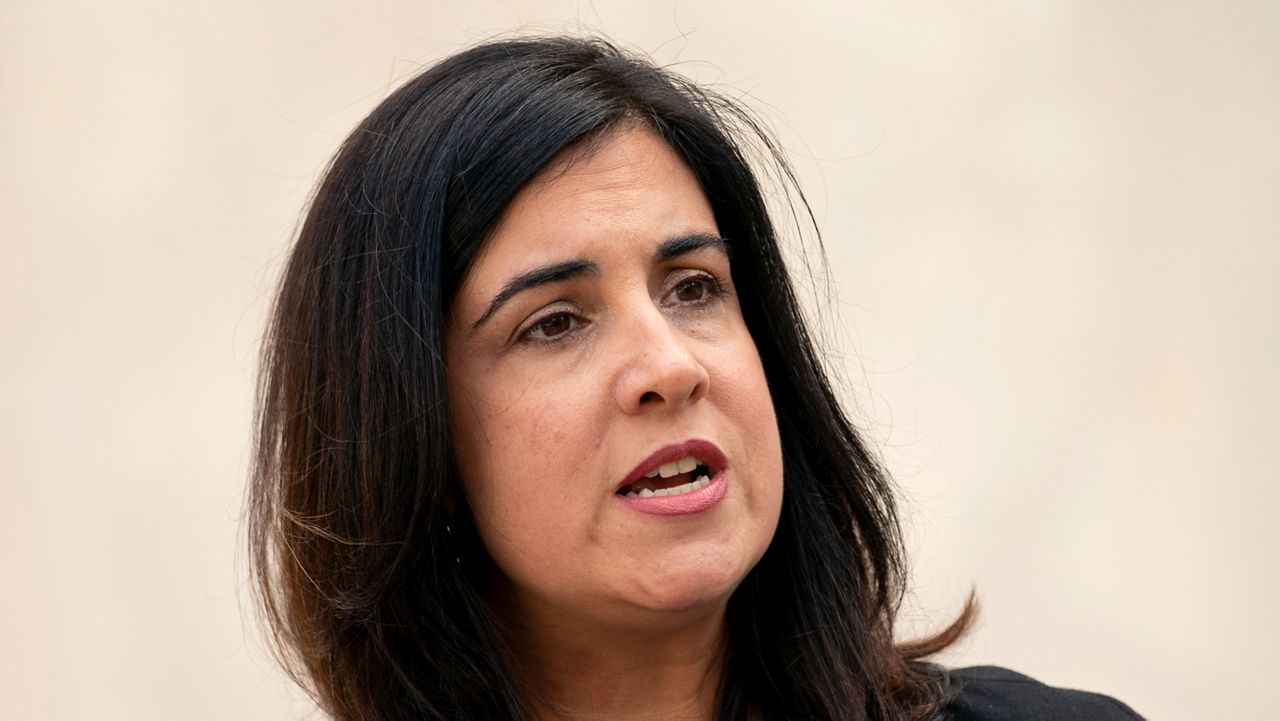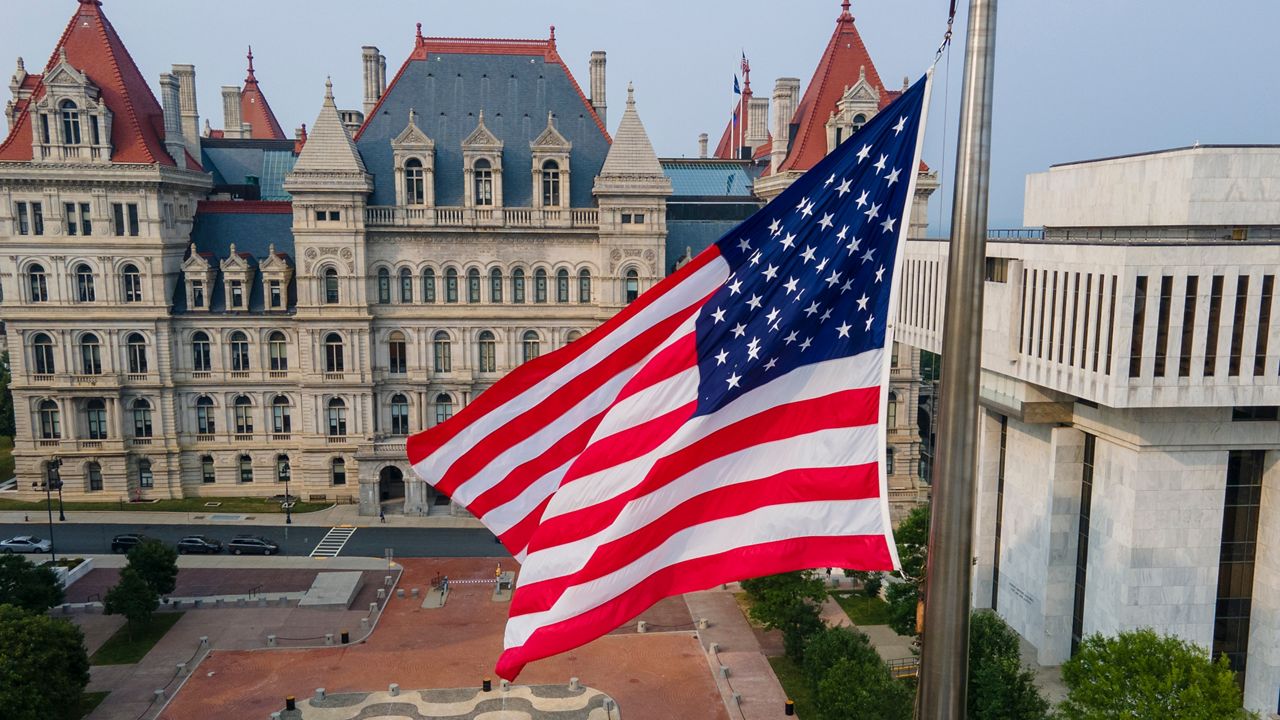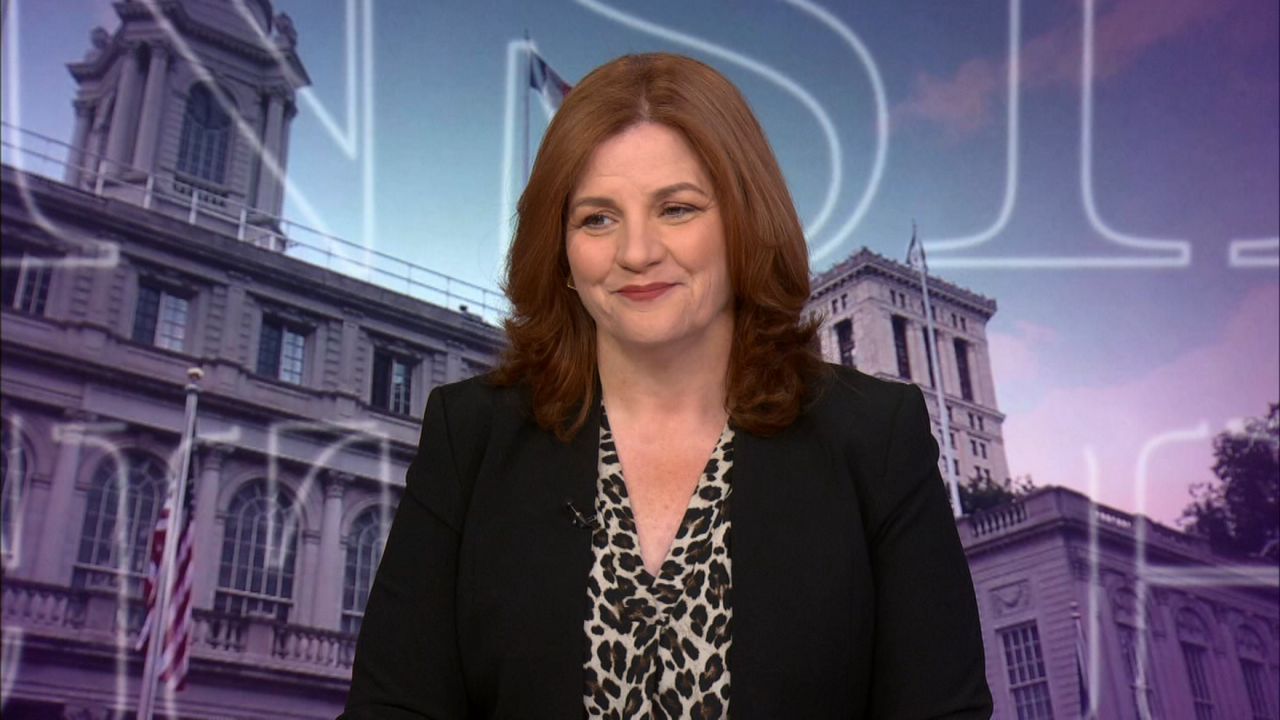While the state’s redistricting process continues to be chaotic, the drawing of the City Council’s new post-2020 census districts is just getting under way before they are officially adopted next February ahead of the 2023 Council elections.
Dennis Walcott, the chair of the New York City Council’s districting commission, joined Errol Louis on “Inside City Hall” Monday to detail the process and encourage New Yorkers to offer their input on how the new maps should be crafted.
The commission will hold hearings throughout the summer before they submit their plan to the City Council in September.
“We were scheduled to have a release of preliminary lines back several weeks ago, but we decided to postpone,” Walcott explained. “We did that because we wanted to have more input from the community.”
In May, the commission held a hearing in Manhattan and heard testimony from nearly 200 New Yorkers, Walcott said. But the commissioners “felt it was extremely important to go out to all five boroughs and make sure we do that before the first draft was released.”
Hearings in the other four boroughs will be held at the end of June and beginning of July, but locations are still being scheduled. A second round of hearings in each borough are scheduled for August.
“We have a responsibility to hear what the public is saying and making sure that the advocates and others have that input and then factoring that in what that means as far as what the maps will look like,” Walcott said.
The commission is required by the city charter to draw districts with populations between 166,000 and 178,000 people, prioritize keeping neighborhoods and communities intact, limit the number of districts that cross into multiple boroughs, avoid odd shapes, and resist partisan gerrymandering.
The federal Voting Rights Act also prohibits the mapmakers from diluting racial and language minorities’ voting power.
The city’s population grew from 8.2 million to 8.6 million since 2010, with Hispanic and Asian communities growing in size by 154,000 and 345,000, respectively, according to data provided by the commission. Black New Yorkers saw a decrease of 84,000 and the White population shrunk by 3,000.
“Populations have shifted dramatically. There are certain communities that the demographics have changed,” Walcott said. “And that’s the input we want from individuals, as far as that reflection of change.”
Walcott is the president of the Queens Public Library and was the city’s education chancellor under former Mayor Michael Bloomberg. The 15-member commission is comprised of judicial, legal, business, labor, religious, government, and academic leaders appointed by the City Council and the mayor.
New Yorkers interested in submitting testimony can attend a hearing, email PublicTestimony@redistricting.nyc.gov, or write the commission at 253 Broadway, 4th Floor, New York, NY 10007. For more information visit https://www1.nyc.gov/site/districting/index.page.









